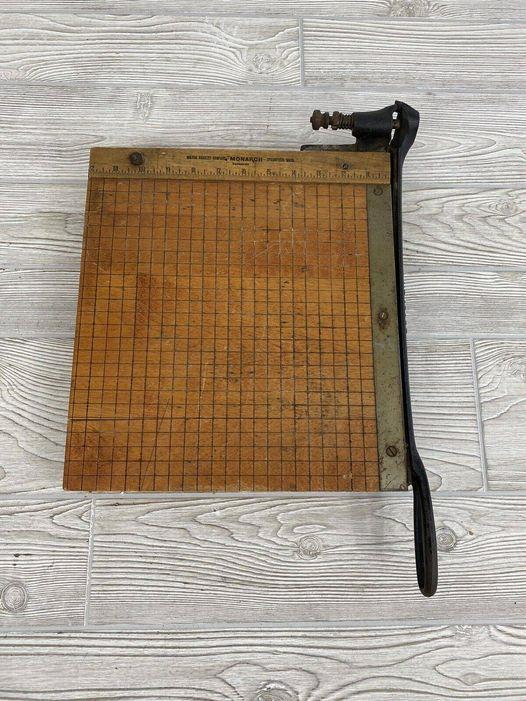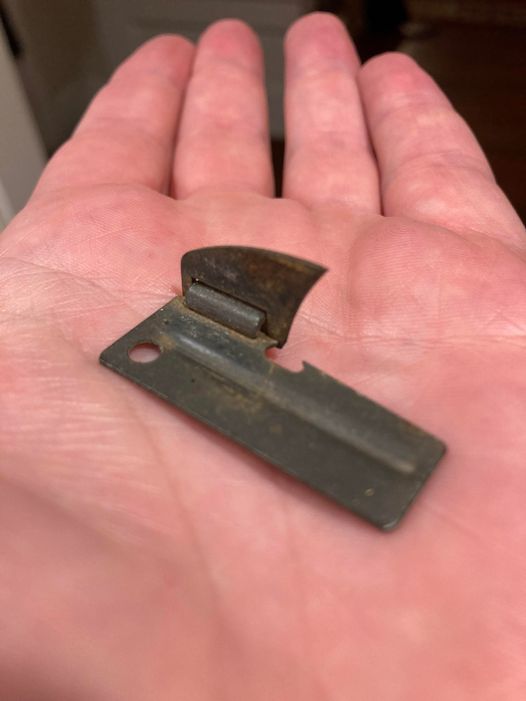History
Let’s take a trip back in time to the early 19th century, an era where the buzz of innovation was just as palpable as a slice of fresh bread. Speaking of slicing, enter the guillotine paper cutter, an elegant contraption also known as the paper shear. This nifty device owes its lineage to French engineer Guillaume Massiquot, who, in 1844, decided that paper, much like heads of the less fortunate during the French Revolution, could use a bit of cutting down to size. Massiquot’s brainchild featured a sharp blade mounted on a lever arm to slice paper with the precision and smoothness you’d typically expect from a Michelin-star restaurant chef. And boy, did it catch on! Offices, print shops, and bookbinding pros were all over it, charmed by its flawless execution and ability to meet the burgeoning need for precisely cut paper.
Usage

Fast forward a bit, and the guillotine paper cutter was the rock star of offices and printing shops throughout the 19th and 20th centuries. This device was the go-to tool for anyone needing to cut large stacks of paper to an exact, uniform size—essential for creating books, brochures, and all manner of printed goodies. Picture it: a solid wooden or metal base, a built-in ruler for those who liked things precise, a clamping mechanism to keep the paper stack steady (no slipping allowed!), and, of course, the pièce de résistance—a long, levered blade ready to slice through the paper with the grace of a ballet dancer.
The guillotine shear was celebrated for its clean, straight cuts sans effort. Its heavy blade and sturdy construction meant it could slay multiple sheets simultaneously, a boon in paper-heavy environments. Efficiency? Check. Perfection? Double-check.
Legacy
Now, here’s where things get touching. The guillotine paper cutter, with all its vintage charm, didn’t just fade away. Oh no, its legacy shines on, influencing modern paper cutting devices despite the leaps and bounds in tech. Today’s automated cutters might look like they’ve come straight out of a sci-fi movie, but guess what? They still employ the good ol’ levered blade mechanism. Talk about paying homage! With added perks like safety guards, ergonomic handles, and precision alignment tools, these modern versions are the children of the vintage guillotine, but with some nifty enhancements.
And guess what? Vintage guillotine paper cutters have now climbed the ranks to become collectible items. Antique enthusiasts and collectors adore them for their historical significance and multifaceted appeal. Artists and crafters, always on the hunt for that perfect tool, often swear by these vintage beauties for their tactile feedback and unmatched precision—qualities that sometimes seem amiss in today’s tech-heavy alternatives.
The guillotine paper cutter has even sliced its way into our everyday language. The very term “guillotine” evokes images of sharp precision and decisive action. Metaphors aside, isn’t it fascinating how a simple office tool could carve out such a profound linguistic and cultural impact?
In wrapping this up, let’s take a moment to marvel at the vintage guillotine paper cutter—a masterpiece of engineering, function, and historical richness. Its journey from a ground-breaking 19th-century innovation to a coveted collectible today underlines its timeless charm and utility. Whether it stands as a functional device in an office or as a cherished piece on a collector’s shelf, the guillotine paper cutter’s allure remains as sharp as its blade. So, next time you see one, give it a wink and a nod; it’s earned it.





